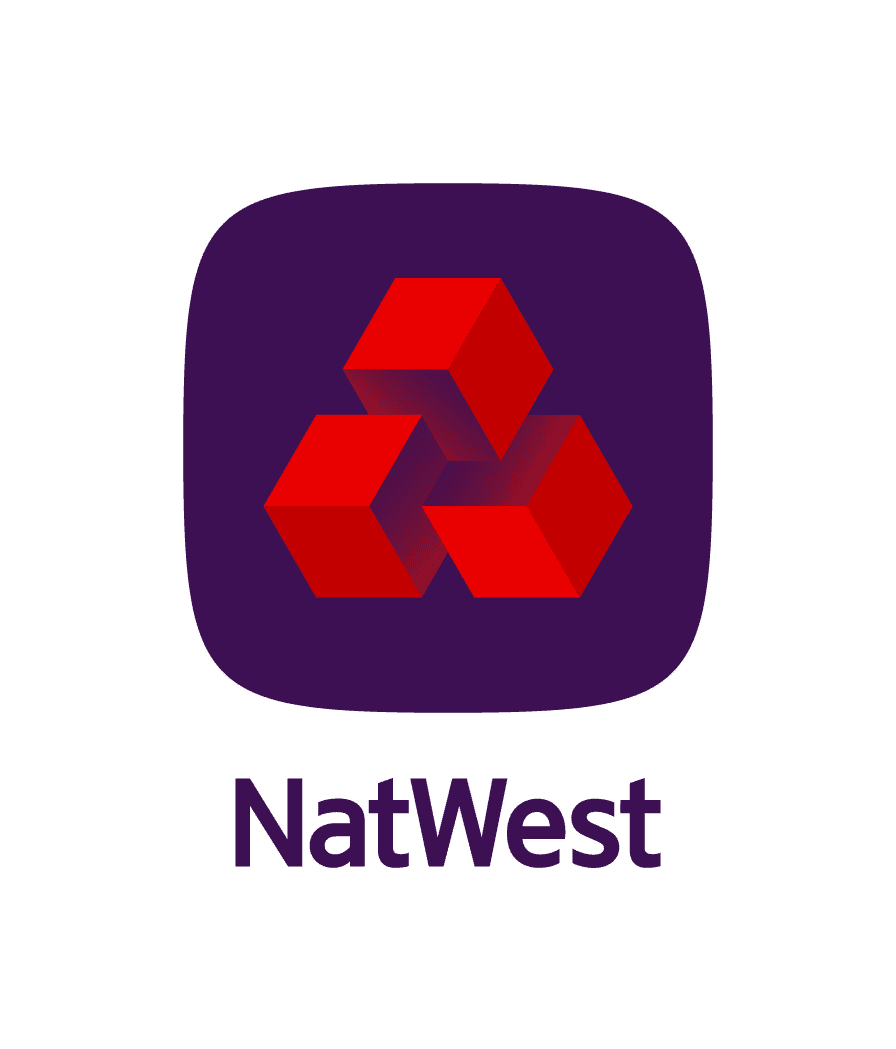INTERVIEW
Payments regulation: friend or foe?
Simon Eacott – Head of Payments, NatWest
Published: 25 April 2023
By May Moorwood
Digital Content Producer
Is regulation bad for payments innovation; does it drain resources that could otherwise be used to develop the next big thing? Not necessarily says Simon Eacott Head of Payments at NatWest. In fact regulation can help drive new thinking and improve efficiency – the key is your mindset.
How does regulation support innovation?
The impact of regulation on payments innovation depends on the country, law, the payments landscape and idea involved; at NatWest we observe two trends:
- Regulation that puts business models under pressure, ie. targeting market entry or price, in general, creates less opportunity to innovate (and slows market entry by new players) …but…
- Regulations designed to promote competition, create a level playing field through standardisation or to boost social inclusion, and are most likely to be pro-innovation as they:
- Stimulate competition – eg. UK Open Banking and VRP Sweeping
- Create confidence – harness new technologies with appropriate rules and governance
- Harmonise standards – ie. ISO 20022 upgrades
Open Banking as a pivotal driver of innovation
One clear example of how regulation has driven payments innovation is Open Banking. This March, Open Banking Limited announced that over 7 million UK consumers and SMEs were using Open Banking-enabled services. Since its inception, Open Banking has unleashed a wave of innovation based on the use of secure, standardised Application Programming Interfaces. Benefits that have ranged from safer banking experiences for consumers, to digitalised, cost-effective services for businesses that now rival costly traditional payment methods.
This March, Open Banking Limited announced that over 7 million UK consumers and SMEs were using Open Banking-enabled services.
The Open Banking ecosystem has, in turn, responded to these evolving demands (and opportunities), with solutions like Payit by NatWest offering innovative ways to collect and send payments via a unique payment link or QR code as part of a hassle-free, frictionless process that reduces the risk of fraud as payments are made and verified in real-time with biometric authentication. And Open Banking solutions have evolved into a convenient way for businesses to send payments to customers without the need to know the payee’s bank account details; firms simply issue a link that a recipient uses to claim funds, doing away with the need to issue cheques for refunds or dividends.
Additionally, the interoperability of data and APIs has provided users with real-time secure connectivity to their accounts, enabling functionality such as Confirmation of Payee that is stopping fraud and preventing accidentally misdirected payments by checking whether the name of a payee’s account matches the correct name and account details. This not only reduces operational costs, but also improves the digital journey for customers and the user experience businesses are offering as they strive to maximise conversions.
Regulation friend or foe?
The last few years have seen a shift in the way both governments and regulators think about the relationship between regulation and innovation. Where regulation may have once only been seen as a barrier to innovation, new ways of thinking are helping demonstrate the important role regulators and regulation play in enabling socially, environmentally and economically valuable innovation to flourish; a trend that will not only continue but will accelerate. The Bank of England, for example, continues to explore how innovation can help them achieve their core statutory objectives; their work and experimentation with CBDCs being a case in point.
It is vital that banks and their clients stay on top of regulation so they can both maximise the scope for innovation and remain competitive.
Whether through increased implementation costs or pivoting to meet new or changing landscapes, it is vital that banks and their clients stay on top of regulation so they can both maximise the scope for innovation and remain competitive. This is particularly relevant in payments given the variations in the level, depth and breadth of regulations faced by different organisations and the choices that need to be made by firms if they wish to make the most of those opportunities in their payment’s strategies. But ultimately the opportunities that flow from any regulatory change come down to mindset– whether you see regulation as an opportunity or a problem … you are probably right.
Follow us on:
Simon Eacott
Head of Payments
NatWest

Stay in the loop with MoneyLIVE
Subscribe to our newsletter to receive news, insights and special offers.

